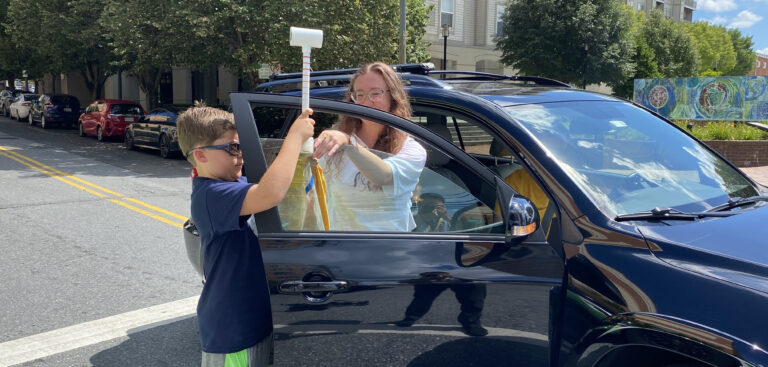The US National Oceanic and Atmospheric Administration (NOAA) has appealed for organizations to apply to its 2023 Urban Heat Island (UHI) mapping campaign, which helps further research into how extreme heat affects local communities.
Managed by NOAA’s National Integrated Heat Health Information System (NIHHIS), in partnership with CAPA Strategies, the program will support community-led citizen science campaigns in cities and counties across the USA, as well as internationally. These campaigns will allow participants to map the hottest areas of their communities and learn where action is needed to protect those most affected by high temperatures.
Dr Rick Spinrad, NOAA administrator, said, “The burden of heat is not shared equally in our urban areas. These mapping campaigns identify the hottest neighborhoods so communities can take action to make them cooler and lessen the health burden of extreme heat. Organizations that participate play a key role in making their communities climate ready and resilient to climate change.”
The UHI mapping campaigns are run in the summer by a lead organization in each community, such as a local university, nonprofit group or city health department. The campaigns rely on citizen scientist volunteers who travel different assigned routes using sensors attached to cars or bikes to collect data on temperature, humidity, time and GPS location.
The data is used to create maps that provide a detailed analysis of the distribution of heat in the morning, afternoon and evening. The maps and community reports also reveal how factors in urban environments, such as lack of green space and tree canopy or concentrated areas of pavement and buildings, can create neighborhood-level islands of heat that contribute to health inequities within a community.
During the past six summers, more than 60 cities and counties across the US have participated in the UHI mapping campaign. Fifteen US communities participated in the 2022 campaign, which finished data collection in September. Two international communities (Freetown in Sierra Leone and Rio de Janeiro in Brazil) will conduct their heat campaigns in the first half of 2023 during their peak heat seasons, and to accommodate additional weather conditions. Mapping reports from each community will be released on a rolling basis and can be viewed on heat.gov.
NOAA will provide funding to CAPA Strategies to support mapping campaigns in 2023. In addition to the mapping campaign, communities may apply for other monitoring products, including air quality sensors and stationary sensors. The mapping campaigns will also be open to international applicants.
To learn more about the UHI campaigns and how to apply, click here.



